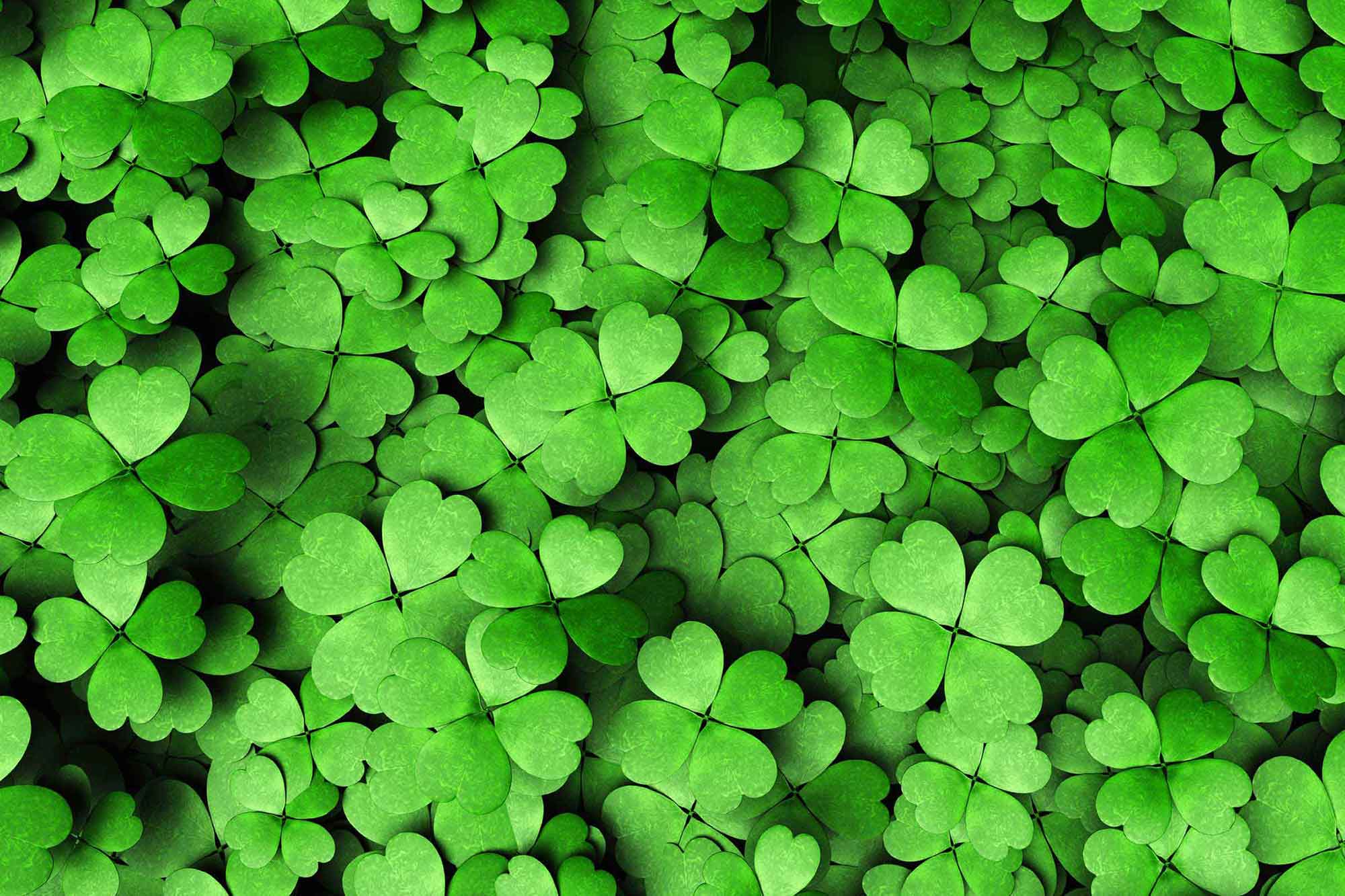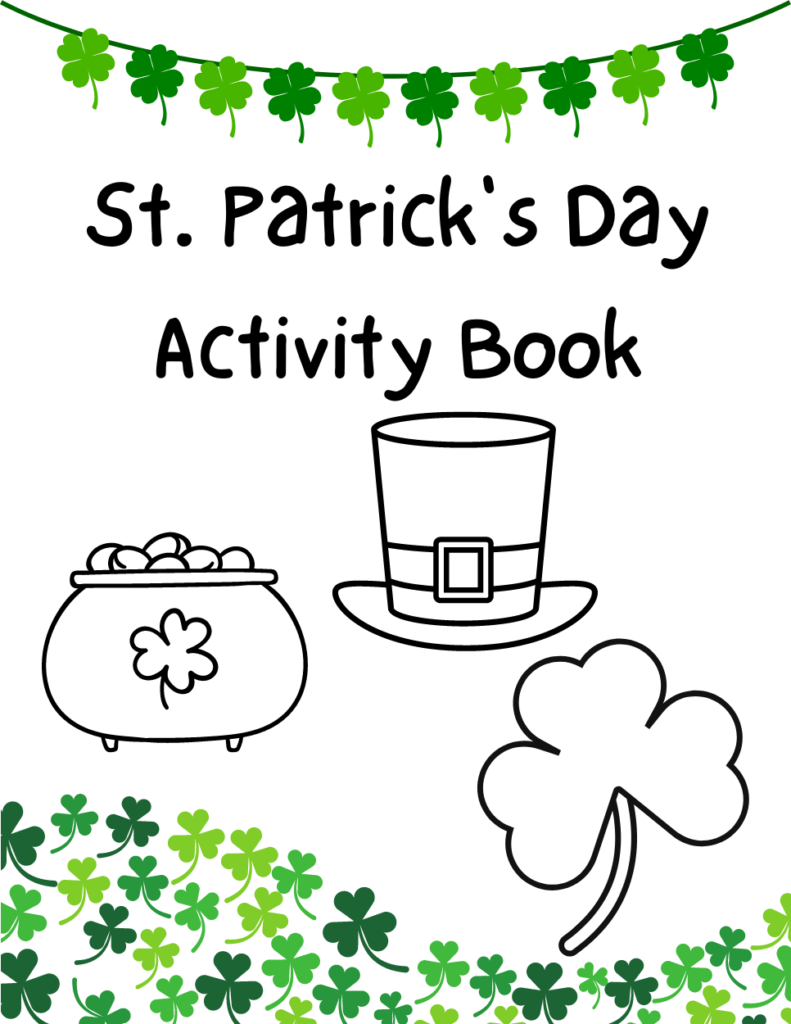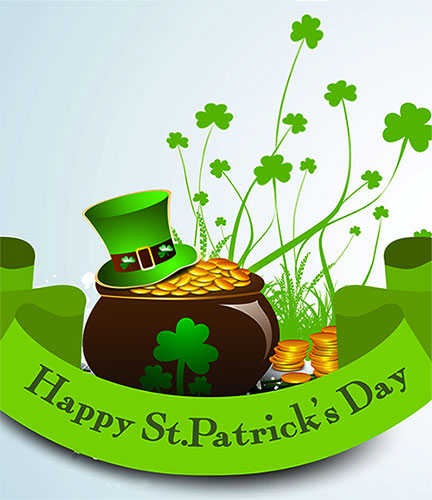Gallery
Photos from events, contest for the best costume, videos from master classes.
 |  |
 |  |
 | |
 |  |
 |  |
 |  |
To help understand the real history of St. Patrick’s Day, and share a bit about the historical figure for which the day is named, we spoke to Dr. Sean Brennan, a professor of history at the American celebrations of St. Patrick's Day has morphed the occasion into the festive bar crawl that is seen today, however the rich history behind this day of laughter and libations that shan't be They united to form one official New York City St. Patrick’s Day Parade in 1848, according to the History Channel. While rowdy celebrations occurred in the U.S., Irish laws mandated pubs be The St. Patrick's Day celebrations we recognize today are actually a product of Irish immigrants in America. Parades sprung up in major U.S. cities in the 1700s, including Boston and New York City. St. Patrick’s Day is a Catholic feast day, and for years, it was a serious religious day in Ireland. From 1903 to 1961, Irish law said all pubs had to close on March 17, so what is now the biggest drinking day was completely alcohol-free in its home country! Groundhog Day is behind us. Easter is around the corner. And in the middle is a holiday associated with merry drinking and a centuries-old religious figure: St. Patrick's Day. Monday, March 17, is This article uncovers the origins of these customs and examines how drinking became a hallmark of this cherished holiday. You May Also Like: Best St. Patrick’s Day Drinks Best St. Patrick's Day Party Ideas The Origins of St. Patrick's Day St. Patrick’s Day, celebrated on March 17th, marks the death of Saint Patrick, the patron saint of Ireland. The History of St. Patrick’s Day. St. Patrick’s Day is celebrated every year on March 17th, beginning in the fifth century with the death of Saint Patrick.[3] The Irish have observed this holiday as a religious day for over 1,000 years, traditionally attending church and celebrating in the afternoon. But St. Patrick's Day falls in the middle of this Lenten period, allowing Irish Catholics to ignore their fasting and Lenten promises for one day of feasts and celebrations in honor of St. Patrick, which usually involves a lot of beer drinking. What is St. Patrick's Day? St. Patrick's Day marks the anniversary of the death of the patron saint of Ireland. Although its roots as a religious holiday trace back more than 1,500 years, St. Patrick's Day has evolved into a secular celebration of all things Irish. Groundhog Day is behind us. Easter is around the corner. And in the middle is a holiday associated with merry drinking and a centuries-old religious figure: St. Patrick's Day. Monday, March 17, is Many generations ago, heavy drinking and partying was not the staple for celebrating St. Patrick's Day, according to historian Sean O'Connell in Pittsburgh. St. Patrick’s Cathedrals. St. Patrick’s Cathedrals hold special importance during this holiday. The most famous is the St. Patrick’s Cathedral in Dublin, which is a symbol of faith and heritage. It was built in the 12th century and is known for its stunning architecture and history. St. Patrick's Day, the day so many adults excitedly wake up to with two things on their mind: dusting off a green article of clothing and drinking green beer (maybe a shot or two of Irish whiskey The St. Patrick’s Day tradition began as a feast day held in honor of St. Patrick on the anniversary of the day he died. Christians are allowed to put aside their Lenten restrictions on food and alcohol consumption on this day, which is why excessive drinking has become so permanently linked to the celebration. St. Patrick’s Day is a global celebration of Irish culture that takes place annually on March 17, the anniversary of the patron saint of Ireland's death in the fifth century. The Irish have The Religious Roots of St. Patrick’s Day. St. Patrick’s Day, observed every year on March 17, commemorates the death of St. Patrick, the patron saint of Ireland. Patrick was born in Britain in the late 4th or early 5th century, only to be kidnapped by Irish raiders and enslaved in Ireland as a young boy. The History of St. Patrick Most people know St. Patrick’s Day as a day to drink Guinness, wear green, and celebrate all things Irish. But few know the true story of the patron saint of Ireland. St. Patrick was born Maewyn Succat around 385 in Kilpatrick, Scotland. At the age of 14 he was captured [] St. Patrick’s Day is best known for green beer, Guinness, parades, and day-drinking festivities. But have you ever wondered where these traditions come from? Believe it or not, the history behind St. Patrick’s Day tells us a lot about the origins of these traditions and how they came to be what they are today. Every year thousands of revelers fill the streets in the U.S., Ireland and countries worldwide to celebrate Saint Patrick’s Day, but the real Saint Patrick wasn’t even Irish. NBC News’ Joe
Articles and news, personal stories, interviews with experts.
Photos from events, contest for the best costume, videos from master classes.
 |  |
 |  |
 | |
 |  |
 |  |
 |  |